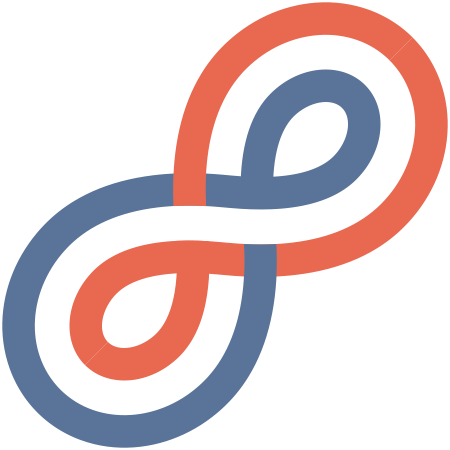Create Lasting Adaptations in Movement and Skill (Part 1)
In the last post, I mentioned why I don’t like typical mobility routines: they fail to create lasting change in how you move.
Instead of stretching, mobilizing, or supple-izing your [insert body part] in perpetuity, I want you to adapt. I want you to evolve. I want your new movement to be a part of who you are instead of needing to break it in every damn day.
I create lasting changes in movement with a five-tiered hierarchy. I write my programs and structure my sessions from this framework. Each tier provides the athletes with the necessary tools to graduate to the next with the ultimate goal of having the adaptation they need in the times that matter most: competition.
Even if one of the most competitive things you do is give your kids a chase around the house, you need your upgraded movement to be available the moment the little one says, “You’re it!” Because once you’re it, you don’t have time to do your mobility. You’ve gotta hoof it. “I’m gonna get ya!”
Okay, down to business. Three things before we move on:
You’re getting a series of posts on my framework. This first post introduces the framework and tells you why it’s necessary. The following ones walk you through each tier.
This series is about changing movement patterns. These are qualitative problems. Issues with tendons are often capacity problems and require different solutions. I wrote about those here.
For those who have read (and understood) some of the skill-science literature, this process is how I construct an “affordance.”
The Five Tiers That Change Movement
Awareness and Access
Endurance
Strength
Power
Sport Skill Integration
This framework applies to sports and movement coaches. Regardless if you’re changing pitching mechanics, pelvic tilt in sprinting, or how a shoulder moves in a pull-up, athletes need the gamet of adaptations I’m going to talk about. Help them. Far too few athletes have the strength, endurance, and power in the specific positions they need for sports and training.
Why You Need This Framework, Regardless of Job Title
Movement Coaches (S&C, Chiros, PT’s, etc.)
The strength and conditioning industry needs to redefine what it calls “sport-specific exercise” because right now, it’s about as generic as, “Well, you use your legs in your sport, and you’re using them here in this exercise. So, ipso facto, it’s specific.”
The industry of movement, including physical therapy, has a huge opportunity waiting for coaches like you to grab it, making more creative and truly specific exercises that help athletes stay healthier and perform better—and then learning to help athletes transfer these movements to their sport.
Popular courses give you booklets of premeditated movements for clients the instructor has never seen. My course teaches you to invent the movements your clients need but never got. You know them way better than I ever will. Shouldn’t your program reflect that intimacy?
Sports Coaches
Sports coaches, too, have an opportunity. These coaches need to understand the physiological and psychological demands of altering techniques.
Every change in technique has a different demand on the body.
Some athletes have the capacity for these changes. Some don’t. Those who don’t may seem less coachable, but they merely need more specific and individualized training. They lack the physical resources for your coaching. They can’t afford your cues.
If you want these changes to show up in competition, they also require very specific practice design. You can start with very specific intentions during sterile drills on overgroomed lawns with plastic embellishments. But eventually, you must create opportunities for the new technique to emerge naturally—without your cueing—in practices that look, smell, and feel like the competition.
And all this has to happen under the umbrella of psychological safety that you (hopefully) created from the beginning. Athletes must feel safe enough to make mistakes to improve their skills.
So instead of getting frustrated at an athlete’s repeated failures in sports practices, get curious:
Do they have the prerequisite ingredients for what you ask? Physical, mental, emotional, environmental?
Are the mistakes there because you’ve created a great practice and you’re watching learning take place?
Or do your techniques require a physiological adaptation that is made in the weight room? That’s when you’d need an Evolved Coach.
The Next Step In Sports
All in all, the sports industry must blend movement and skill coaching. Coaches from both sides of the fence must understand a smidgen of what’s on the other side. The opportunities of this mutual understanding are too big to waste. The costs of delay break our athletes, remove them from rosters, lose millions of dollars, and get you fired.
Once professionals in movement and sports skills start to understand each other and the real demands of athletics, we will enter into the next era of sports where athletes stay healthier and improve their skills faster. I want to help usher in this era, and I hope you’ll join me. This merger is one of the main goals of my book.
Now that you know why this framework is essential, the next post walks you through Awareness and Access. These two are the foundational bricks for all the bigger, faster, stronger stuff.


